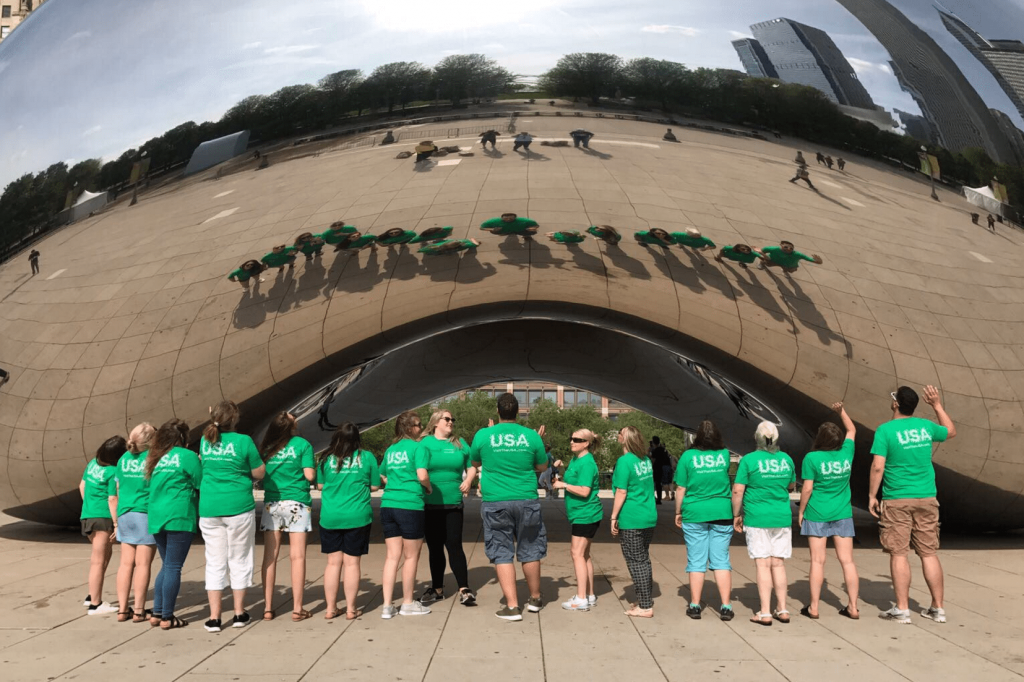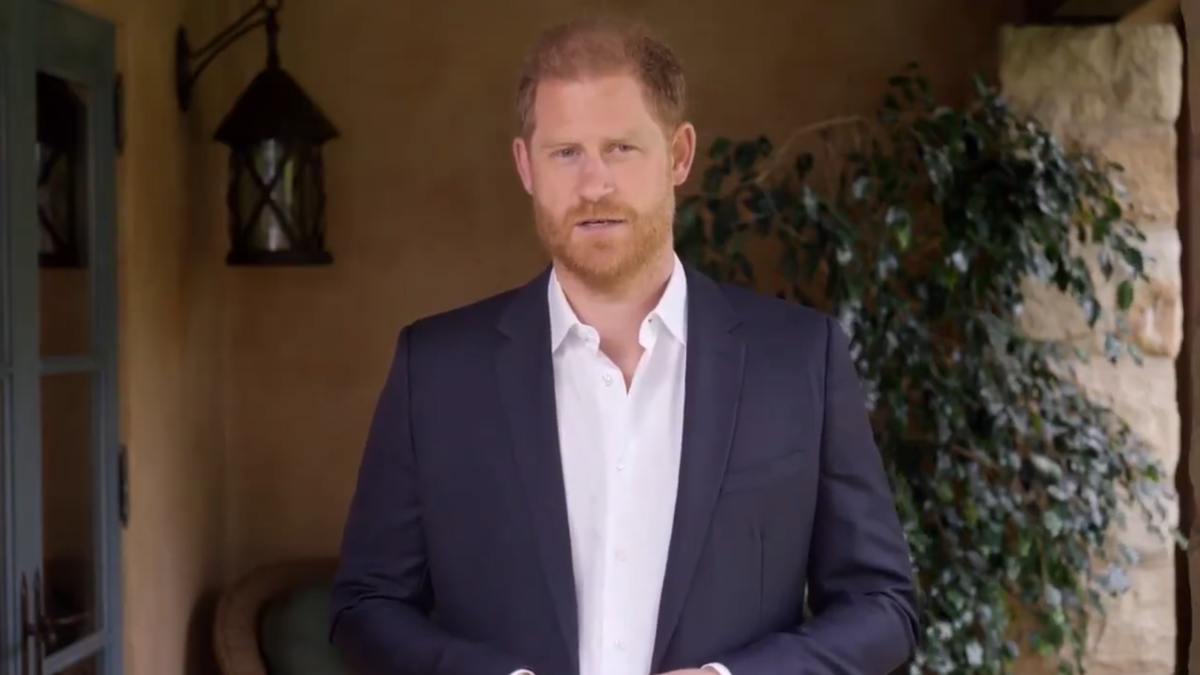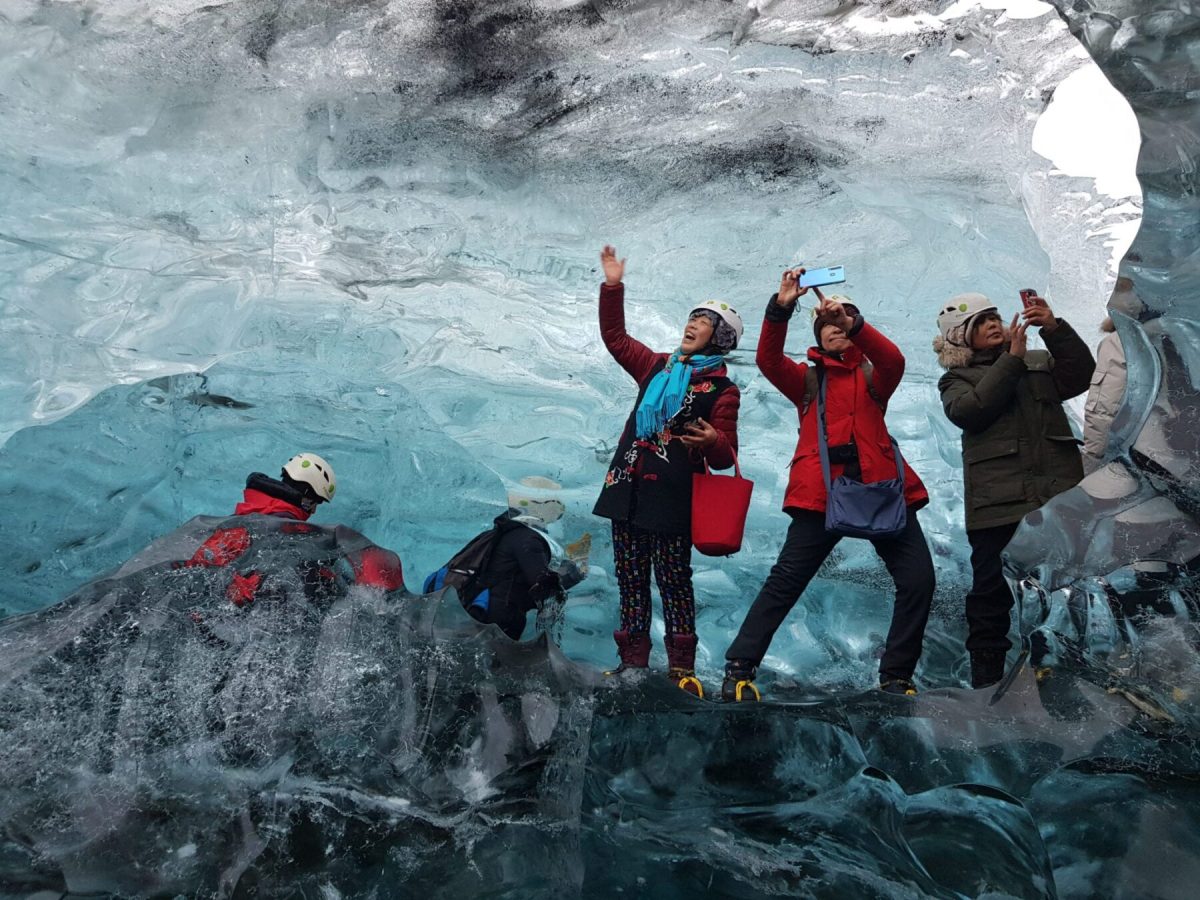Brand USA Fights for Its Future as U.S. Inbound Travel Weakens Under Trump

Skift Take
You might think with the amount of pop culture, global headlines, and power and influence America exports to the rest of the world, it wouldn't need a marketing department. But Brand USA, the public-private partnership that serves as the nation's destination marketing arm, is currently fighting to prove the opposite.
Forty-seven senators from both parties signed a letter last week calling for the reauthorization of funding for the program. For every $14 spent on the U.S.'s visa waiver program known as ESTA (Electronic System for Travel Authorization) by an international traveler, $10 goes to Brand USA’s efforts, with a maximum payout of $100 million per year, which is matched by the private sector. The program will lose that funding mechanism at the end of 2020’s fiscal year if Congress doesn’t act.
The public-private partnership enjoys relatively bipartisan support by the standards of 2019. That’s historically been the case too. It was passed overwhelmingly in both houses as part of the Travel Promotion Act of 2009 and reauthorized again in 2014.
Donald Trump first proposed eliminating its budget in May 2017, however, a move that Brand USA was not prepared for or warned about. Then, in February 2018, as part of the budget cap deal that was passed by Congress to avert another shutdown, the program’s funding source was diverted to a general revenue fund in order to offset other provisions of the deal.
The U.S. Travel Association describes the latter move as more or less an oversight — Brand USA was not the only program that received this fate — rather than a direct axing of the program. Since then, America’s marketing department has been fighting for its future at a time when U.S. inbound travel is already losing international market share.
Set against a backdrop of imperiled state-level destination marketing budgets, reduced resources for the U.S.'s global entry program, the downward pressures of the U.S.-China trade war, and the prospect of Trump’s anti-immigration rhetoric and stricter visa policies deterring even more visitors, efforts to save the program have kicked into high gear.
‘They’re Just Not Choosing to Go to the U.S.’
Brand USA, by law, is not allowed to lobby for itself. It has plenty of muscle working on its behalf in D.C., though, with both U.S. Travel and the Visit U.S. Coalition making it a top priority. The Visit U.S. Coalition is a group of 15 trade groups — including the American Hotel and Lodging Association, the Cruise Lines International Association, U.S. Chamber of Commerce, and U.S. Travel — formed one year into the Trump presidency to combat the decline in America’s market share of international travelers.
“More people are traveling globally, they’re just choosing not to go to the U.S.,” said Andrea Riccio, spokesperson for the Visit U.S. Coalition. “There are reasons this is going on. Some of them are linked to the strong dollar. Some of it is a perceived unwelcoming message coming from the U.S., but at the end of the day we have policy proposals that we’re working towards to increase visitation.”
Renewing Brand USA is the top priority, which both the coalition and U.S. Travel are hoping to do by educating new class of Congressmen about its effectiveness. In addition to the aforementioned letter being circulated in the Senate, a similar letter co-sponsored by Republican Representatives Greg Walden and Gus Bilirakis is planned for the House.
In terms of the program’s return on investment, a study from Oxford Economics, which conducts Brand USA’s studies, says the program’s total return on investment for 2018 was 25:1, generating a total of $47.7 billion in total economic impact and 52,000 incremental jobs since its founding. It’s worth noting that, in the past, critics have pointed to the generous figures of Oxford’s accounting.
“We are confident Brand USA’s results demonstrate the significant impact we are having on fueling the nation’s economy by bringing millions of incremental visitors and billions of incremental dollars in spending to the USA,” Brand USA said in a statement.
Tori Barnes, executive vice president of public affairs and policy at the U.S. Travel, said the current efforts to get the program renewed were ramped up after the February 2018 budget decision, but overall they are confident about the program's future.
“We started the process early because we wanted to ensure that the funding mechanism is right and people were well educated about what happened around the diversion of fees,” Barnes said. “But things in Washington are moving a little bit slower than we would like to have regular order. But we have strong bipartisanship so I don’t think it’s anything other than having the right vehicle to move this forward.”
Finding the Political Will
While Brand USA’s congressional support has been bipartisan, that doesn’t mean there has always been strong bipartisan support for the idea of the U.S. government playing a role in travel and tourism. At the state level, various disputes around public funding are being fought, even in states like Florida where tourism's contribution to the economy can't be questioned.
The U.S. has historically lagged behind other countries in this regard. The decade from 2000 to 2008 is often referred to as "the lost decade," as post 9/11 security policies made visitors feel unwelcome and a lack of active tourism promotion on the part of the government meant that the U.S. lost 68 million visitors and $509 billion in spending revenue. As chronicled by Elizabeth Becker's 2013 book Overbooked: The Exploding Business of Travel and Tourism, the U.S. didn't even have promotional websites in languages other than English until 2012.
The creation of Brand USA under President Barack Obama was a watershed moment in terms of the U.S. actively promoting itself to international tourists. It’s important to note that Brand USA uses no taxpayer dollars; it is entirely funded by the visa waiver program, or ESTA, which has always made it an easier sell to tax-averse conservatives.
Funding it beyond 2020, Barnes says, could mean increasing that fee marginally — she did not specify by how much when asked — which would allow the current budget structure to stay as is. This could be done by attaching it to another provision, such as another budget cap deal, or moving it forward as a stand-alone provision.
There is no doubt that despite the political will that Brand USA is confident it has, this is a challenging time to be doing business in Washington. Consider the fact even extending funding for 9/11 responders has proved divisive.
“There is not a lot moving in Congress right now which complicates the moving of the stand-alone bill because [there’s not a lot of] floor time to be able to do that,” Barnes said. She later added, “usually in Washington it’s up against deadlines [that things happen], so we could be looking at the September 30th fiscal end of year or we could be looking at calendar end of year.”
While there may be no direct political opposition to the Brand USA’s funding being revived, in other words, the current political climate appears to be making it a challenge at a time when U.S. inbound tourism is on the decline.
“I absolutely think that it’s important to market the U.S.," Barnes said. "The best opportunity for us from an economic perspective is to continue to have Brand USA operating on all cylinders to ensure that international travels want to come here."




